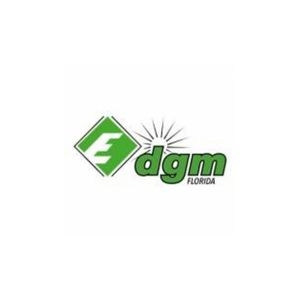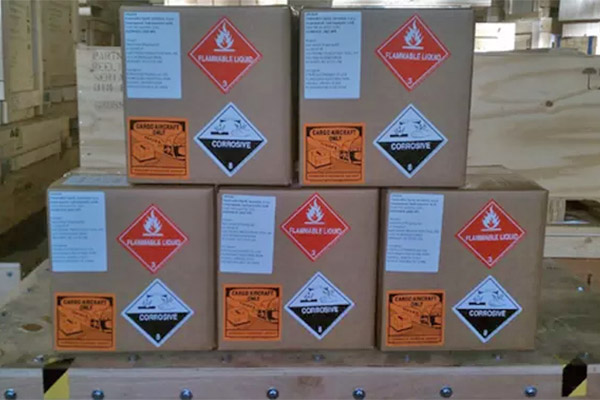The Basics of Dangerous Goods Training: What You Need to KnowPosted by DGM Florida on November 9th, 2022 
Dangerous goods training is a crucial component of any job that involves working with hazardous materials. The danger posed by these substances is well-known, and companies go to great lengths to ensure that their employees are fully aware of the risks involved in handling them. However, this type of training can be quite extensive and overwhelming. Dangerous goods classes often cover a wide variety of topics and levels of risk. It’s easy to get lost if you’re new to the industry or new to a company in particular supplier. But don’t worry! This article will walk you through the basics of dangerous goods training so that you have all the information you need to keep yourself and your colleagues safe at work. Keep reading to learn more! What are dangerous goods?The term “dangerous goods” refers to goods that pose a potential risk to people and the environment. There are six different classes of Dangerous Goods Training: Explosives, Flammable Liquids, Flammable Solids, Oxidizers, Toxic Materials, and Radioactive Materials. Explosives are substances that can easily and uncontrollably release energy. Explosives are often used in mining, construction, and war. As a result, they must be transported and stored with special care. Typically, they are packaged in cardboard boxes surrounded by absorbent materials like sawdust or sand to prevent accidents. Explosives packages are marked with red labels and red drums. Flammable liquids are substances that are easily ignited when in contact with air and can create a significant fire hazard. Examples of flammable liquids include gasoline, paint thinner, and acetone. These substances must be stored in closed containers and must be marked with a red label. The dangers of handling dangerous goods
The main risk associated with handling dangerous goods is the potential for an accident. Many of these substances are highly volatile and can ignite when exposed to a spark or a flame. Accidents involving dangerous goods can be very costly and can pose risks to human health as well as the environment. For example, fires often caused by handling dangerous goods can lead to extensive property damage and may endanger the lives of nearby residents. Another danger associated with handling dangerous goods is respiratory irritation. Some substances, such as acids, may cause skin irritation but pose little risk when inhaled. Others can cause serious health problems when inhaled, such as the lung damage caused by certain types of gases. How is training in dangerous goods mandated?In the United States, the Department of Transportation (DOT) is responsible for regulating the transportation of dangerous goods. The DOT publishes a list of substances that they consider “dangerous goods” and outlines specific regulations for each of these substances. Companies that transport or handle dangerous goods must provide their employees with training on how to safely work with these substances. If a person has not received dangerous goods training, they are not permitted to work with these substances. Dangerous goods training levels vary according to the substance. Some substances require employees to take specialized training to achieve a “certified” status. This means that these employees have achieved a level of proficiency in handling these substances above and beyond what is required by law. What Are the Core Components of Dangerous Goods Training?
Dangerous goods training is typically broken into four core components: Identification, Packaging and Marking, Storage and Transportation, and Emergency Response.
Which substances are considered “Dangerous Goods”?As stated above, dangerous goods refer to six different classes of substances that pose a potential risk to people and the environment. The six most common dangerous goods are explosives, flammable liquids, flammable solids, oxidizers, toxic materials, and radioactive materials. To learn more about these substances and how to handle them safely, it’s important to complete Dangerous Goods Training. This training will cover all of the above topics, as well as the regulations surrounding dangerous goods. SummaryThe term “dangerous goods” refers to goods that pose a potential risk to people and the environment. There are six different classes of dangerous goods: Explosives, Flammable Liquids, Flammable Solids, Oxidizers, Toxic Materials, and Radioactive Materials. The main risk associated with handling dangerous goods is the potential for an accident. Dangerous goods training are crucial because it will help you to identify these substances and understand how to handle them safely. To learn more about these substances, it’s important to complete dangerous goods training. This training will cover all of the above topics, as well as the regulations surrounding dangerous goods. Like it? Share it!More by this author |





